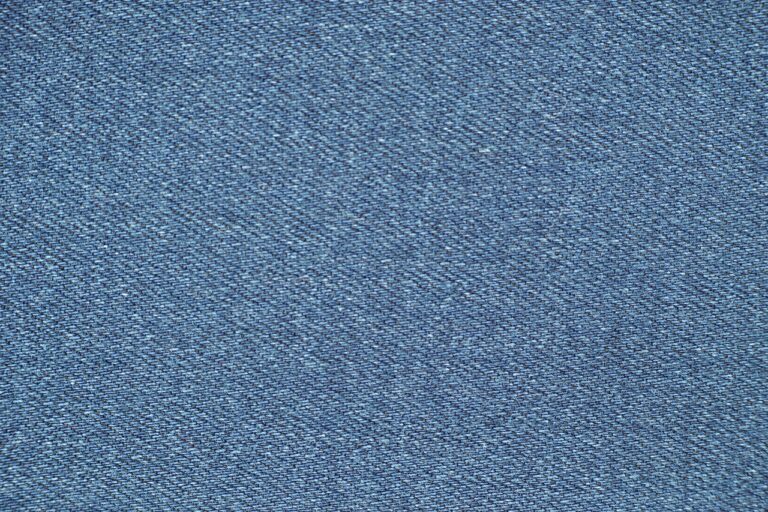Fashion and Sustainability: Reducing Microplastics Pollution from Synthetic Fabrics
Understanding the environmental repercussions of our fashion choices is crucial in tackling the issue of microplastics pollution. Synthetic fabrics such as polyester, nylon, and acrylic are commonly used in the fashion industry due to their affordability and durability. However, when these materials are washed, they shed tiny plastic fibers known as microplastics into the water stream, eventually making their way into oceans and waterways.
Studies have shown that a single load of laundry made up of synthetic garments can release thousands of microplastic particles. These particles not only pose a threat to marine life but also have the potential to enter the human food chain. As consumers, being mindful of the materials used in our clothing and opting for natural fibers whenever possible can help reduce the amount of microplastics entering our environment.
Understanding the Connection Between Fashion and Environmental Sustainability
Fashion and environmental sustainability are intricately linked in today’s society. The fashion industry’s production processes, from sourcing raw materials to manufacturing garments, have a significant impact on the environment. The excessive use of natural resources, high energy consumption, and water pollution are just a few examples of how the fashion industry contributes to environmental degradation.
As consumers, our choices play a crucial role in shaping the sustainability of the fashion industry. By opting for ethically produced clothing made from eco-friendly materials, we can support brands that prioritize environmental responsibility. Additionally, embracing a culture of mindful consumption, where we buy fewer but higher-quality items, can help reduce the environmental footprint of our fashion choices.





